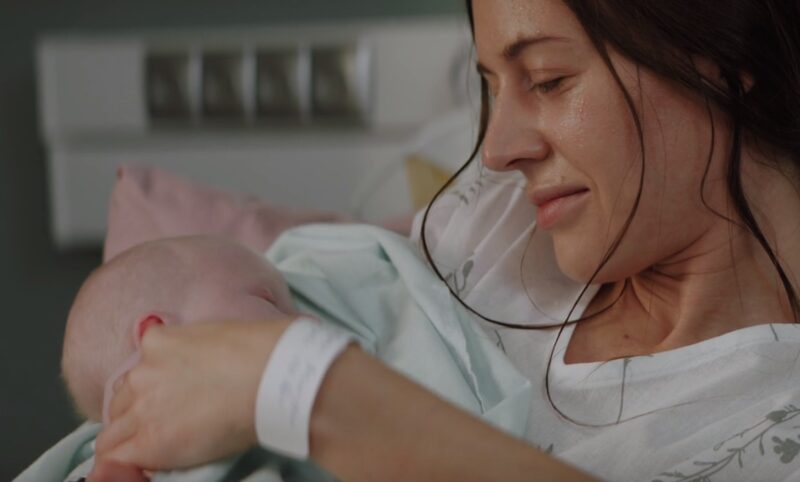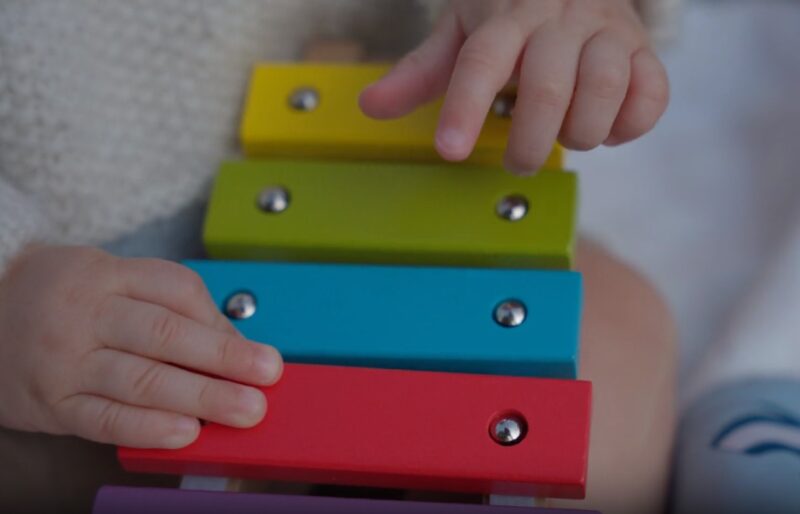In the fast-paced, often sterile environment of hospitals, a gentle melody breaks through the monotony and tension – the soothing sound of a lullaby. It is a significant tradition that serves a deeper purpose in healthcare settings.
But why do hospitals play lullabies? Is it just a old-fashioned custom, or is there more to this melodic practice?
Today, we’ll talk about the reasons behind this auditory phenomenon.
Key Takeaways
- Primarily, hospitals play lullabies to announce the birth of a child, creating a moment of joy and positivity in the hospital environment.
- These songs have a calming effect on both patients and staff, reducing stress and providing a psychological respite from the challenges of hospital life.
- Hospitals must carefully select the songs to ensure they are universally soothing and culturally inclusive, respecting the diversity of their patients and staff.
- To prevent lullabies from contributing to noise pollution, hospitals need to manage their volume and frequency carefully.
1. It Is A Universal Signal of Birth

Hospitals often play lullabies to announce when a baby is born. This is common in many places around the world, not just as a way to celebrate but also to bring a bit of happiness in a place that can be stressful.
When you hear a lullaby in a hospital, it tells everyone a new baby has arrived, creating a happy moment for everyone there. This simple tradition helps people from different backgrounds feel connected because it’s a happy sound that everyone understands.
It’s like a special way to say, “Welcome to the world,” to the newborn and to remind people in the hospital of the good things in life, even when they’re facing tough times.
2. Positive Psychological Impact on Staff and Visitors

Hospitals are not just about medical treatments; they can be emotionally tough places, filled with stress and sadness. Playing a lullaby can give everyone a short break from these hard feelings.
It’s a way of reminding doctors, nurses, and visitors that life goes on and there are still beautiful moments, like the birth of a child. For the people working in hospitals, this short break with a lullaby can be a powerful reminder of the good they are doing.
It helps them remember they are there to help save lives and welcome new ones. For people visiting, a lullaby can be a comforting sound, bringing a bit of peace and a reminder that even in hard times, life can be good.
3. The Healing Power of Music
Music can really help in healthcare, and lullabies are especially good for this. They can help patients feel better. This is true for kids and new mothers in hospitals.
Lullabies can help reduce pain, lower stress, and help people sleep better, all of which are really important for healing. The music from a lullaby can help take your mind off pain and worries, making you feel more relaxed.
It can even help your body feel better by releasing natural chemicals that reduce pain. Hearing these familiar, comforting tunes can also make you feel good and safe, which is really important when you’re in the hospital.
4. Positive Impact on Infant Health

Lullabies are really helpful for babies in neonatal units, especially for those born too early. Studies show that lullabies can help these tiny babies in their development.
The music helps keep their heart rate stable, helps them eat better, and can even make sure they’re getting enough oxygen. Lullabies can also help parents feel closer to their babies when they can’t hold them because of medical reasons.
The music is like a comforting hug, telling the babies they are loved and safe. For babies who have to stay in the hospital for a long time, lullabies make the place feel more like home, which is really important for their emotional and brain development.
This early experience with music can have a big, positive impact on how they grow and develop.
Challenges and Criticisms
While playing lullabies in hospitals is mostly seen as a good thing, doing it right can be tricky. Hospitals are busy places with lots of noise already, so adding music needs to be done carefully.
The lullabies shouldn’t be too loud or played too often. If they are, they might just add to the noise and bother patients and staff instead of helping.
It’s important to find the right balance so that the lullabies are a nice touch, not something annoying.
Also, the choice of lullaby matters. If it’s too unusual or unfamiliar, it might not be comforting. Hospitals have to think about what kind of lullaby will work best for everyone.
Addressing Cultural Sensitivities
In places where people from many cultures live together, hospitals have to think about which lullabies they choose to play. Music can mean different things to different people.
A lullaby that is comforting to one group might not be the same for another. This means hospitals should try to pick lullabies that are calming for everyone, no matter where they come from.
They could also change the lullabies from time to time to include tunes from different cultures. This shows respect for everyone’s background and makes the hospital a more welcoming place.
It’s important to pick lullabies that make everyone feel comfortable and at ease.
FAQs
Can family members request a specific lullaby to be played in the hospital?
This depends on the hospital’s policy. Some hospitals may accommodate personal requests for lullabies as part of patient-centered care, especially in maternity or pediatric wards.
However, it’s best to check with the hospital staff regarding their specific policies on music requests.
Are there any technological innovations related to playing lullabies in hospitals?
Yes, some hospitals have incorporated technology to enhance the lullaby experience.
For example, there are systems that allow for automatic playing of a lullaby following a birth, or apps that let patients personalize the music played in their rooms, including choosing lullabies.
How do hospitals ensure that the volume of the lullabies is appropriate?
Hospitals typically have sound systems with controlled volume settings to ensure that lullabies are played at a soothing level.
They may also have staff monitor the sound levels and gather feedback from patients and staff to make adjustments if necessary.
Are lullabies played in adult wards as well or only in pediatric and maternity wards?
While more common in pediatric and maternity wards, some hospitals also play lullabies in adult wards, particularly in areas where patients are under palliative care or high stress.
The decision depends on the hospital’s policy and the patients’ preferences.
Has there been any research on the effectiveness of hospital lullabies in patient recovery?
Yes, there has been research indicating that lullabies and other forms of music therapy can positively affect patient recovery.
Studies have shown that soothing music, including lullabies, can reduce stress, lower heart rate and blood pressure, and improve mental well-being in patients.
The Bottom Line
The tradition of playing lullabies in hospitals, though seemingly a small touch, plays a significant role in the healthcare environment.
It’s a practice that intertwines emotional comfort with cultural sensitivity, enhancing patient care and bringing a unique sense of calm to the often hectic hospital setting.
While it comes with its own set of challenges, such as managing volume and catering to multicultural sensitivities, the positive impact of these soothing melodies on patients, families, and staff is undeniable.
